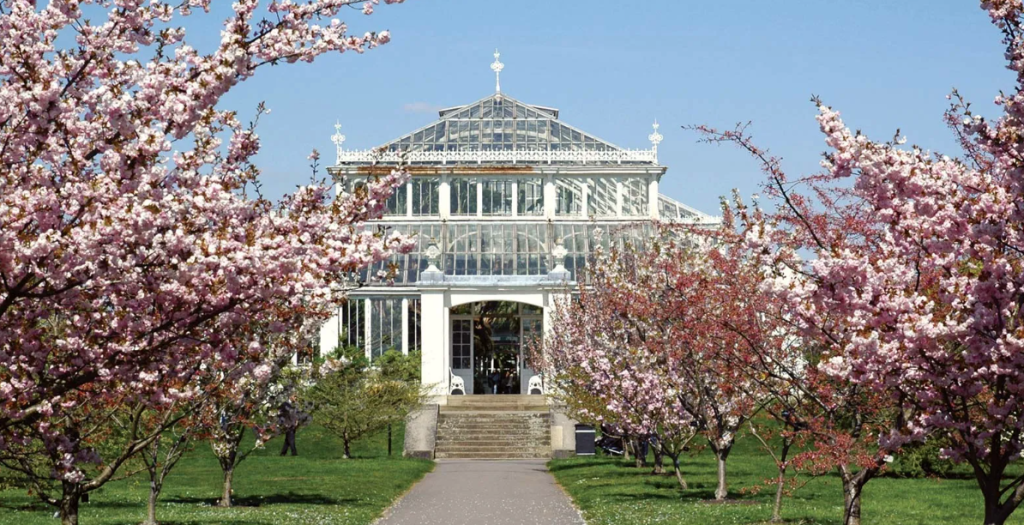UK Colonial History, Rich in Sustainability
July 18, 2023
The UNC Burch Fellowship group had the honor of listening to a lecture by Professor Jim Endersby this morning. Dr. Endersby is the current Associate Dean for People, Culture and Inclusion in the School of Media, Arts and Humanities (MAH) at the University of Sussex. He is also a specialist in the history of science, specifically in the histories of botanic gardens and the impact of the global trade of plants on empires. Integrating historical context into the group’s understanding of modern innovations has been a central tenet of Dr. Gangi’s teaching philosophy during our time in both the Netherlands and England. Such a purpose was central behind Dr. Endersby’s presence at Winston House this morning. During the presentation, he presented a fascinating history of Great Britain’s rise to power through the trade, and sometimes abduction, of plants like rubber, tea, and sugar cane. More relevantly though, Dr. Endersby expanded on the history and importance of national gardens and arboretums, specifically Kew Gardens in London, England. Among their most significant roles, these spaces act as conservation centers, education centers, and places of scientific innovation. Dr. Endersby’s presentation provided our group with valuable insights not only into the gardens we visited today, but into the developmental and innovative mindset of the UK. These understandings will help those on this trip expand local sustainability lessons into national goals just as the gardens in England turned from a local oddity to a global commodity.
After Professor Jim Endersby’s lively lecture and a lunch break, our group went to the Kew Gardens, a place mentioned by Professor Endersby as the richest greenhouse of Britain’s colonial history. Within the Kew Gardens there are two majestic greenhouses, which were built to acclimatize exotic plants from all tropical environments. The purpose was to be able to study and cultivate all kinds of crops, without having to travel the world. As a matter of fact, visiting the two greenhouses felt like touring Africa, South America, Oceania and others. We could see palms, bamboo, lily pads, carnivorous plants, roses, and many flowers that were new to us. It was a controversial experience: Even though we were amazed by the exotic beauty of the flora, the awareness of all the atrocities committed to building it, which Professor Jim Endersby explained to us, did not allow us to naively enjoy the tour. Nevertheless, it was food for reflecting on Britain’s colonial history and its impact on the environment. Another incredible experience in the Kew Gardens was walking on an elevated trail in the woods, which was designed by the same engineers that made the London Eye. Besides the greenhouses, the Kew Gardens also contained a Pagoda, a bamboo garden, a hive-shaped metal structure and many others.
Learning about Britain’s colonial history was a fundamental addition to our study program, as it gave us some basis to better understand sustainability in the UK. Having learned from history, our group will be able to have a more conscious mindset during the rest of the program. It was an extremely enriching experience, which surely had an impact on our journey.
About the Author
This article was co-written by Anthony Buckley, Class of 2025 (Connect on LinkedIn), and Tommaso Zucchinali, Class of 2026 who is majoring in Environmental Science with a Chinese language minor (Connect on LinkedIn).
